
Mit seinem 1884 erschienenen Buch Flatland. A Romance of Many Dimensions wollte der englische Mathematiker Edwin A. Abbott das damals vieldiskutierte Problem der vierten Dimension auch wissenschaftlichen Laien anschaulich machen. Abbott ersann eine Welt, die nur aus zwei Dimensionen besteht. Der „Wahrnehmungshorizont“ der Flatland-Bewohner ist ähnlich an die flächenhafte Ausdehnung geheftet wie der unsrige an die perspektivische Schachtel, die den meisten digital generierten Räumen immer noch zugrunde liegt.
In der modernen Kunst wurde der einheitliche perspektivische Raum immer wieder konterkariert, aufgebrochen und vervielfältigt. Statt in eine dreidimensionale Illusion blicken wir gleichsam aus zahlreichen Perspektiven gleichzeitig auf ein zerbrochenes Flächenland.
Die Ausstellung Broken Spaces führt vor, wie Künstler heute und in der jüngeren Vergangenheit mit projizierten, gefalteten oder zerbrochenen Flächen und Räumen spielen, wobei die Grenze zwischen Zwei- und Dreidimensionalität ebenso ambivalent ist wie diejenige zwischen Objekt und Raum. Auch wenn exakte mathematische und geometrische Berechnungen die Grundlage bilden, ist das sinnlich erfahrbare Resultat oft nur schwer auf seinen Ausgangspunkt zurückführbar und entfaltet überraschende poetische und gestalthafte Qualitäten. Dabei nutzen die Künstler sowohl die Möglichkeiten digitaler Simulationen als auch ihrer Rückwirkung auf „analoge“ Realisationen.
Dreidimensionale Objekte können wie Zeichnungen im Raum erscheinen. Plastische Gebilde beruhen auf der Übertragung von Flächenformen, etwa auf Silhouetten von Schattenwürfen, und lassen innerhalb der Ausstellungsräume eigene Sphären und Raumvorstellungen entstehen – physisch manifest oder immateriell vor dem geistigen Auge der Betrachter.
KAI 10 | Arthena Foundation
Kaistraße 10
40221 Düsseldorf
kaistrasse10.de
Broken Spaces
CHRISTIANE FESER BENJAMIN HOULIHAN HARALD KLINGELHÖLLER CHARLOTTE POSENENSKE CHRISTINE RUSCHE TATIANA TROUVÉ
With his book Flatland: A Romance of Many Dimensions, published in 1884, the English mathematician Edwin A. Abbott wanted to explain the concept of the fourth dimension, a subject much discussed at the time, so that even people without scientific expertise would be able to imagine it. Abbott conceived of a world made up of only two dimensions. Residents of Flatland have a “horizon of perception” that adheres as much to flat expansion as our world is caught in a three-dimensional box, which is still the foundation for most digitally generated spaces.
In modern art perspectival space was consistently counteracted, broken up, and multiplied. Instead of a three-dimensional illusion, it is as if we are looking at a fragmented Flatland from multiple perspectives at the same time.
The exhibition Broken Spaces shows how artists today and from the recent past play with projected, folded, or broken planes and spaces, while the boundary between two- and three-dimensionality is as ambivalent as that between object and space. Even if precise mathematical and geometrical calculations form the basis, the sensorial result is often difficult to trace back to its original starting point, and reveals surprising poetic and creative qualities. In doing so, the artists make use of the possibilities offered by digital simulations, as well as their repercussions for “analogue” realizations.
Three-dimensional objects can look like drawings in space. Plastic structures are based on transformed planar forms, such as silhouettes cast by shadows. They create their own spheres and notions of space inside the exhibition rooms, manifesting either physically or immaterially before the mind’s eye.
KAI 10 | RAUM FÜR KUNST
ARTHENA FOUNDATION
Kaistraße 10
40221 Düsseldorf
kaistrasse10.de
Presse
Kataloge/Medien zum Thema:
Tatiana Trouve
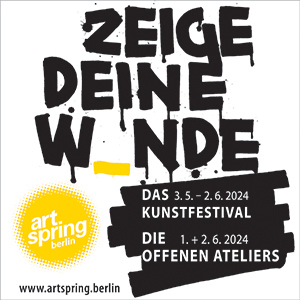
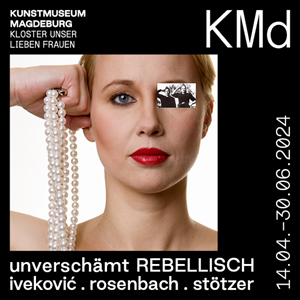
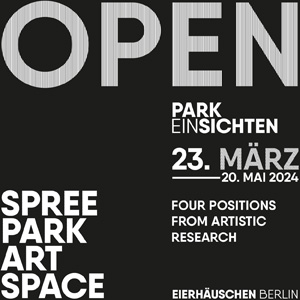
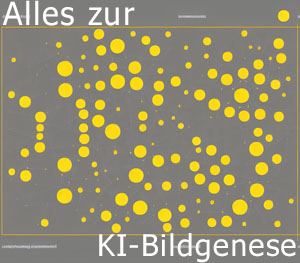
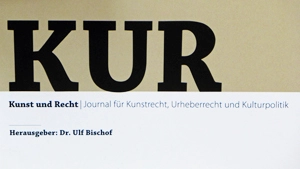
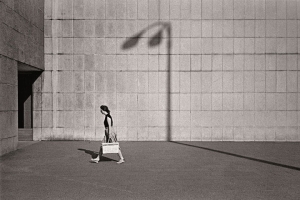
Freundeskreis Willy-Brandt-Haus e.V.
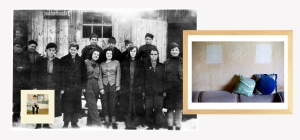
Freundeskreis Willy-Brandt-Haus e.V.
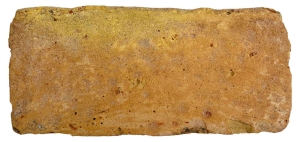
Haus am Lützowplatz / Studiogalerie
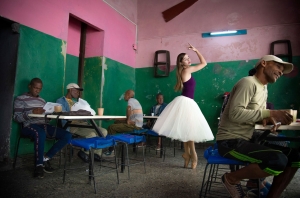
Freundeskreis Willy-Brandt-Haus e.V.
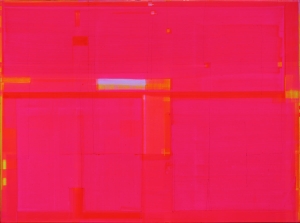
a.i.p. project - artists in progress